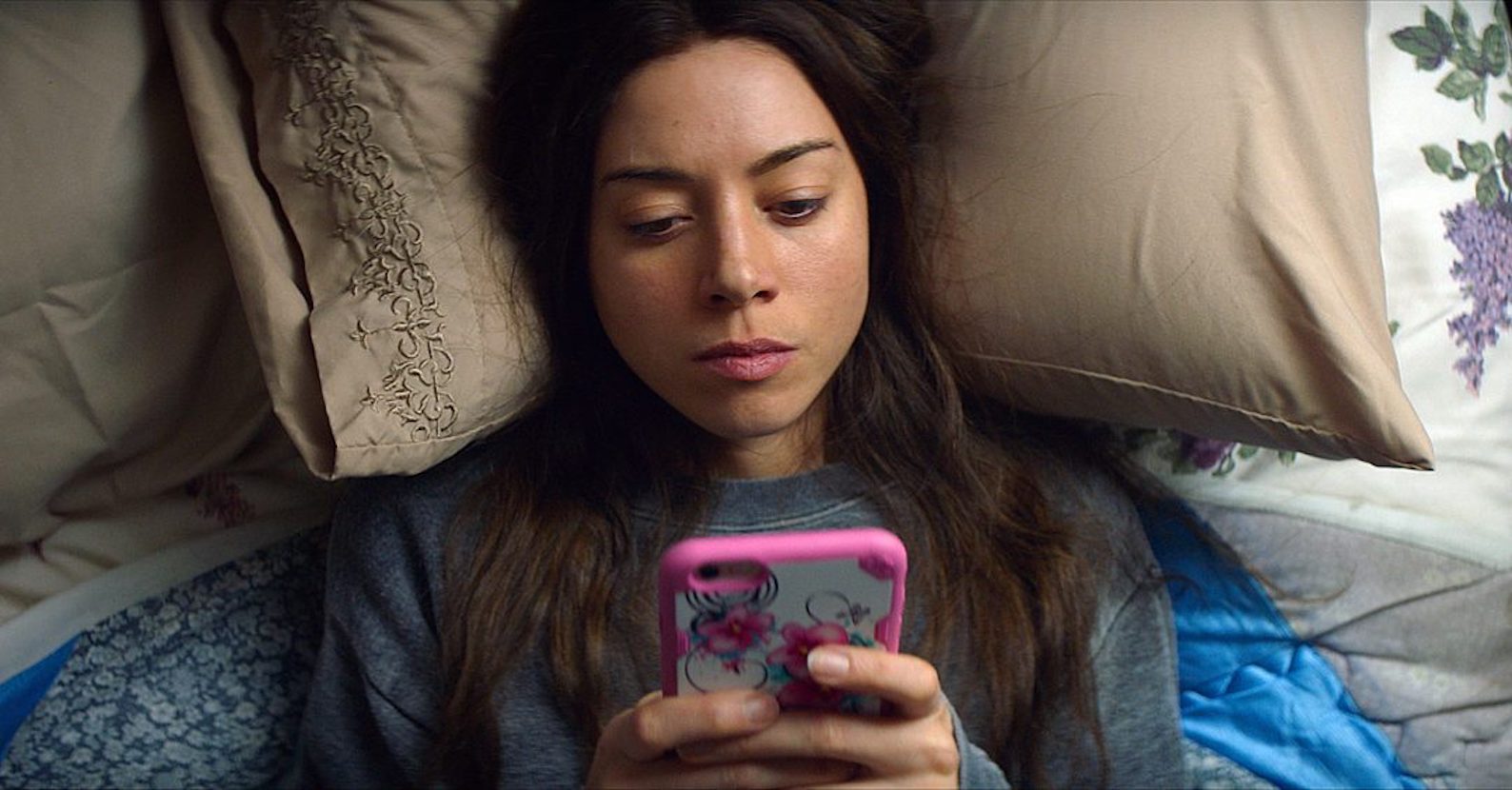A quick search of #depressed on Instagram brings up over 12 million posts. Interspersed between black and white photos and gifs of crying cartoons are pictures of pretty girls smoking and the occasional sadboi-with-tattoo overlaid with text like “Help me” and “I want to go far away … forever.”
These romanticized depictions of mental illness are what mental health professional Aditi Verma calls “beautiful suffering”: a meme-ified version of mental illness that reduces anxiety and depression to a temporary feeling capable of being depicted through dark edits and simplified text.
The trend appeared on Tumblr over a decade ago, but has spread to platforms like Instagram. Full accounts like @sadthoughts_1 and @__depressionquotes, which have thousands of followers, are dedicated solely to this type of content. With a 71 percent increase in mental illness diagnoses in adults aged 18-25 during the last 10 years, the trend of falsely portraying the mentally ill experience threatens the already fragile well-being of more young people than ever before.
“I feel like I should be able to connect with these images, but I just can’t,” Mason Smajstrla, a comedian who suffers from anxiety, explains. “I’ve judged myself for looking at a picture on Instagram of something centered around anxiety because it was only a small glimpse into what [anxiety] looks like, whereas my anxiety looks completely different.”
While the internet offers the opportunity for people to build community around shared mental struggles like never before, these romanticized depictions seem alarmingly more dedicated to “flexing” one’s internal turmoil through likes and follows than seeding said community. Especially since some mental illnesses have been pronounced flex-worthy and some not, which can isolate those with the less “popularized” disorders like bipolar, borderline personality, or schizophrenia.
“My first thought after being told by my psychiatrist that I was experiencing bipolar symptoms was ‘Damn, this isn’t even one of the cool ones,’” Alex, a 20-year-old student, says. “I realized how weird that sounded, backed up, and realized [I said that] because I couldn’t remember a single time on Tumblr or wherever where bipolar was mentioned in any way that didn’t basically mean ‘crazy person’.”
This trend of “beautiful suffering” innately splits mental illnesses into “cool” and “uncool,” creating a schism that pushes the mental illnesses deemed too taboo for aesthetic appropriation further into the abyss. This allows some to appear, by association, more like Lana Del Rey, whose image has always been based upon maintaining a level of physical beauty through a narrative of (but not limited to) abuse, suicidal ideation, and melancholy rather than Kanye West, whose public struggle with bipolar has categorized him as “crazy.”
Though the aesthetic romanticism shadowing certain illnesses is undoubtedly harmful to those who suffer from them, what does the lack of aesthetic romanticism surrounding other disorders say about those who are burdened by them? That in a society that touts a greater understanding and acceptance of mental health at large, your diagnosis still doesn’t qualify for the 21st century digital makeover that so many are receiving. These aesthetics imply that having one of the “cool” illnesses grants you intelligence, uniqueness, and glamour. The inverse implication is that owners of an “uncool” mental illness are not only lacking in these areas, but will continue to soak up whatever’s left of the transgressive “crazy” stereotype.
More importantly, it can keep people with mental illness from feeling valid in their personal experience. “Answers we seek from a professional become answers we seek online,” said Verma. “Misinformation of mental health can lead those astray from gaining real awareness of their conflict they’re experiencing within themselves.”
Nearly a century ago, Eli Siegel, the author of The Philosophy of Depression, wrote that in order for depression and other psychiatric disorders to be understood, the afflicted person’s reality “must be seen.” As the mental health crisis continues to grow, this could not be more true today. We need realtime depictions of mental illness, rather than interpretations pandering for approval and appropriation by popular culture. Not every experience may make it to the forefront, but a few personalized, true-to-life illustrations of any mental hardship will do more to bind this splintering community than millions of sad sunset edits ever could.
